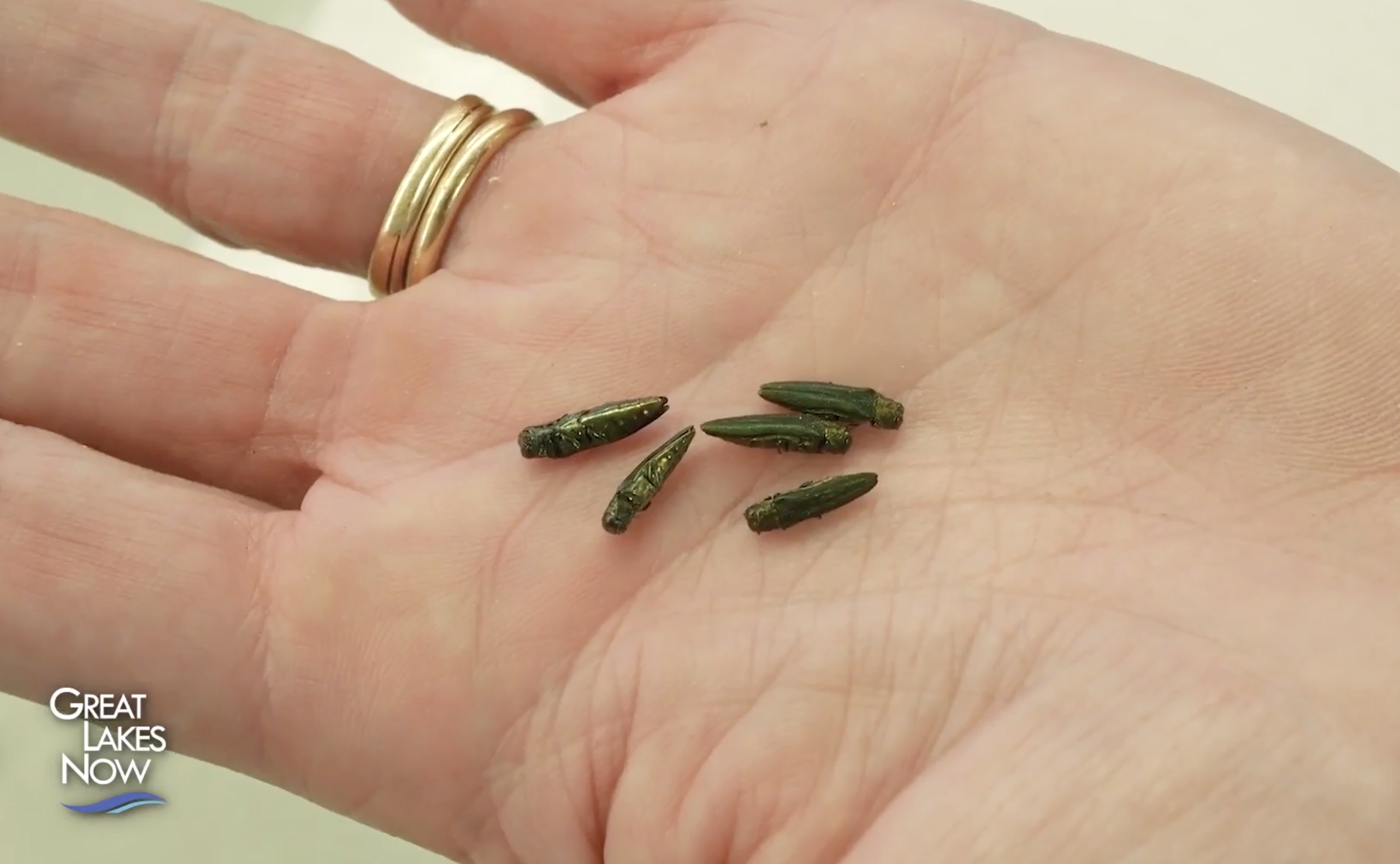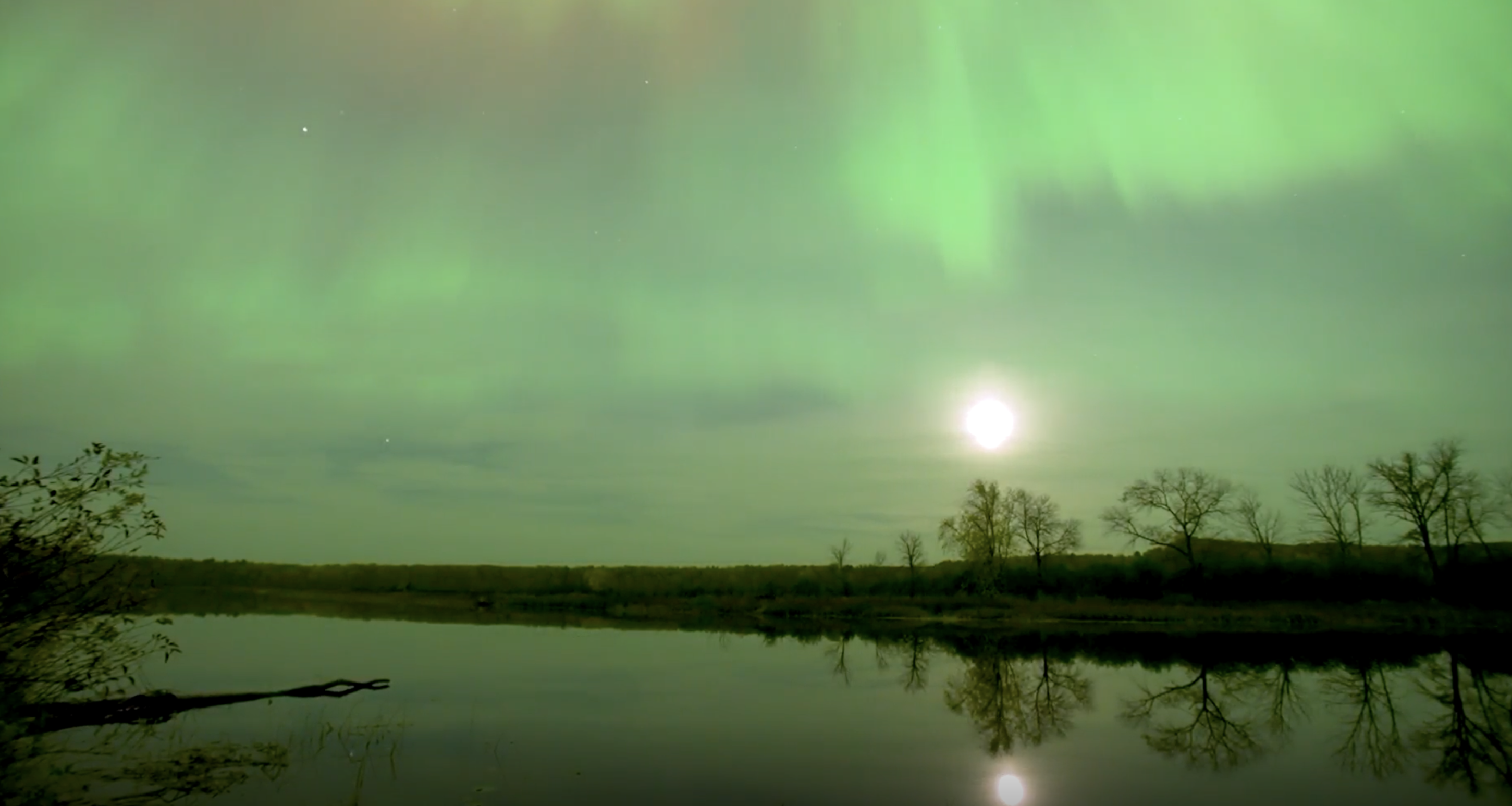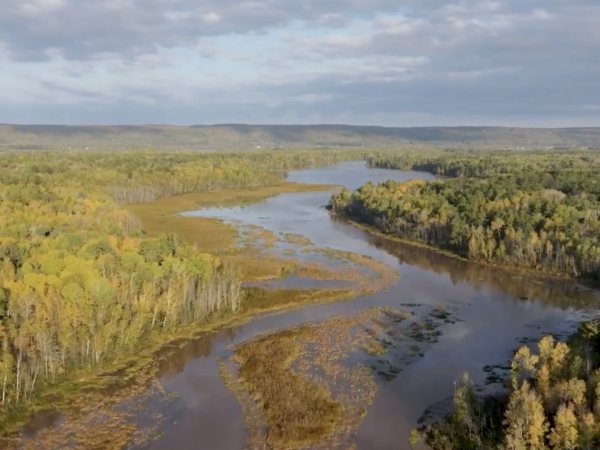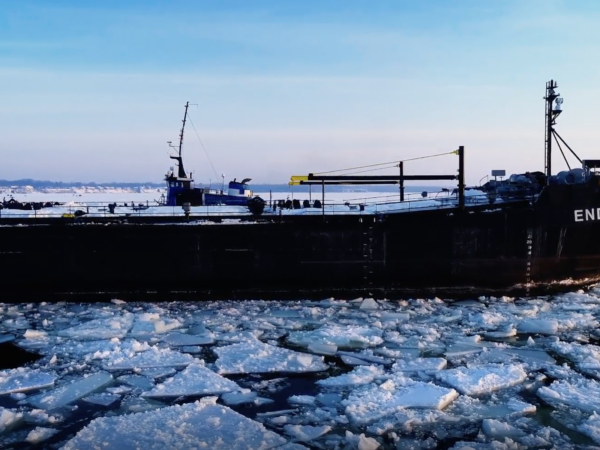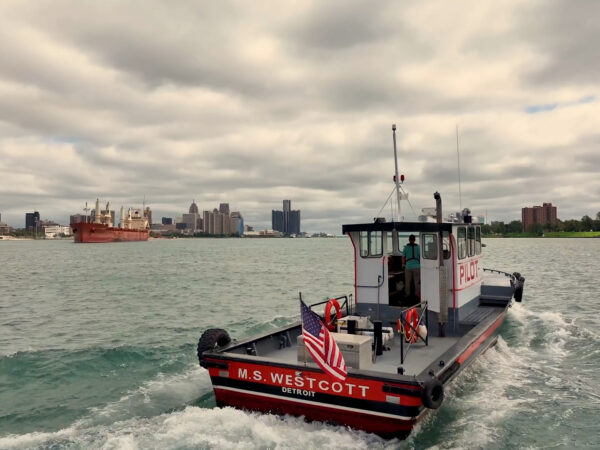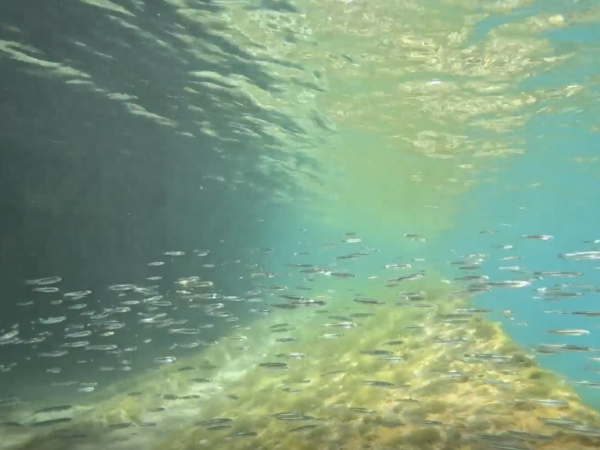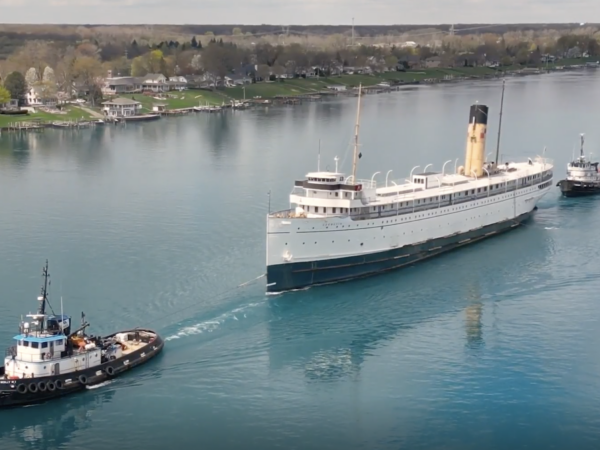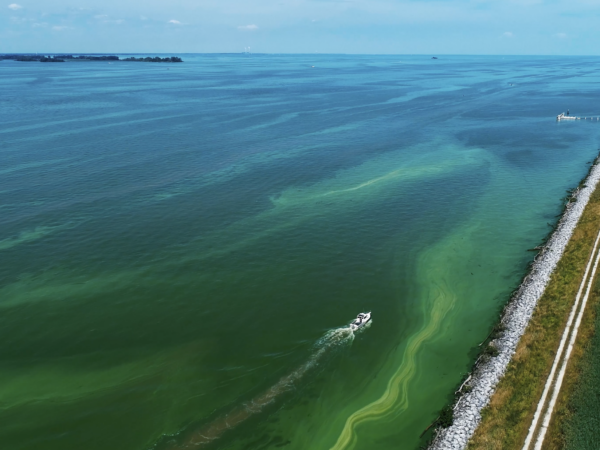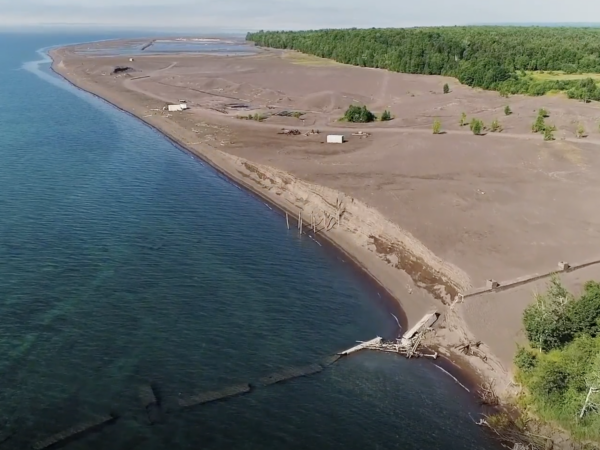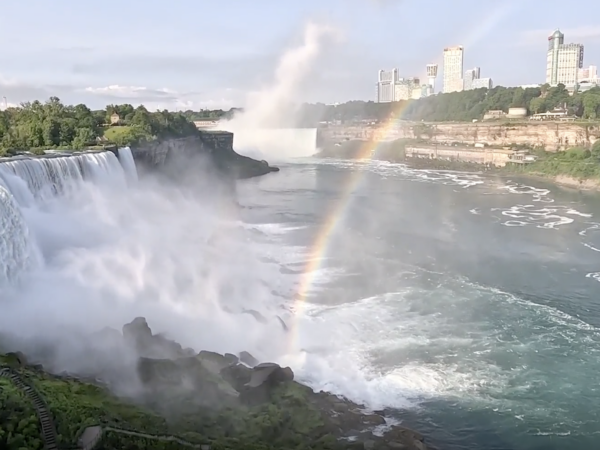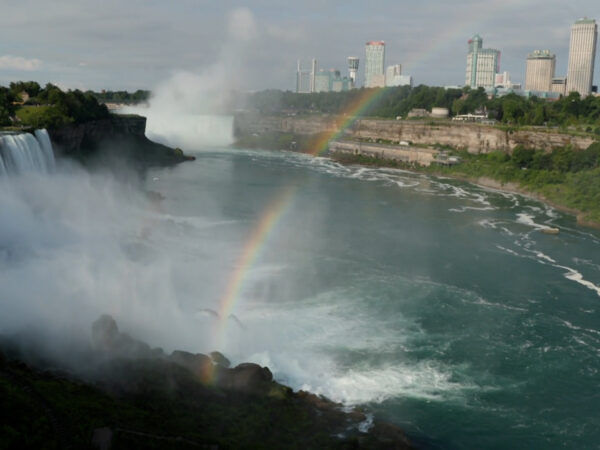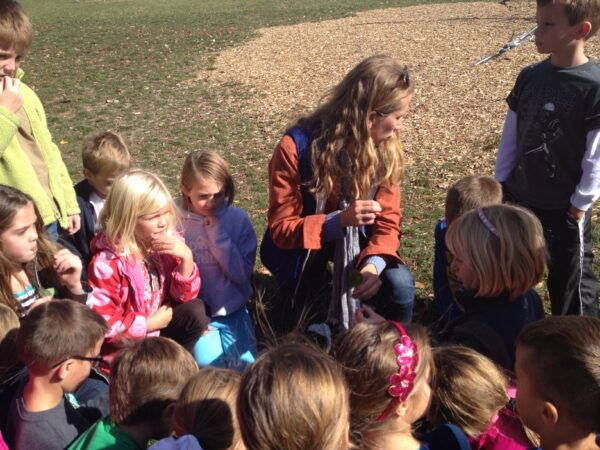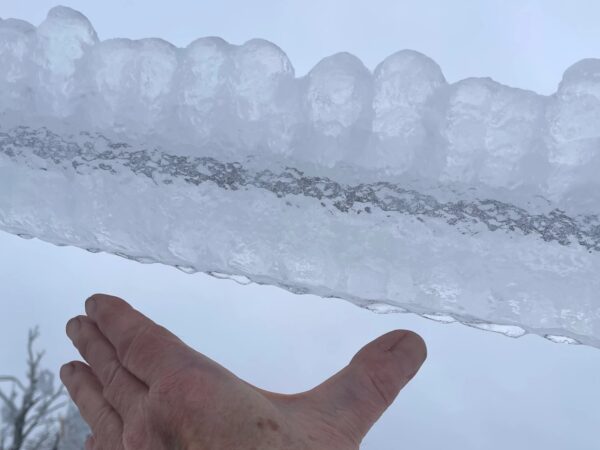IN THIS EPISODE:
In this episode of Great Lakes Now, how trees are fighting back against the emerald ash borer and what goes into restoring a sacred lake after generations of pollution.
When to Watch?
Check your local station for when Great Lakes Now is on in your area.
Are the ash trees doomed?
SEGMENT 1 | OHIO
The emerald ash borer (EAB) has devastated ash trees across North America. But researchers in Ohio discovered something unexpected — some ash trees are surviving. These ‘lingering ash’ not only resist EAB but can even kill its larvae.
Scientists suspected genetic resistance and tested their theory by cloning and crossbreeding surviving trees. The result? Offspring even more resistant than their parents.
Now, researchers are developing seed orchards of resistant ash trees in an attempt to restore forests. This discovery doesn’t just offer hope for ash trees — it also provides a blueprint for battling future invasive species.
This segment was produced in partnership with the Points North podcast and the Boardman Review.
How do you heal a sacred lake?
SEGMENT 2 | DULUTH, MINNESOTA
For over 70 years, a massive U.S. Steel plant on the shores of Spirit Lake near Duluth, Minnesota, dumped toxic waste into the water, causing lasting environmental damage to this sacred site. Spirit Lake, once a vital ecosystem rich in fish, wild rice, and wildlife, was central to the homeland of the Fond du Lac Band of Lake Superior Chippewa. The contamination not only harmed the land but also disrupted cultural traditions and the community’s connection to the lake.
Efforts to address the environmental devastation have been ongoing for decades. Beginning in the 1980s, the site was designated a Superfund area, with U.S. Steel and the EPA conducting a decades-long cleanup. The Fond du Lac Band has been at the forefront of advocating for the restoration of both the environment and the cultural significance of Spirit Lake
While much progress has been made in restoring the land, challenges remain in fully healing Spirit Lake. The cleanup has improved water quality, but remnants of contamination still impact the ecosystem.
This segment was produced by the Center for Global Environmental Education at Hamline University.
Featured Articles


